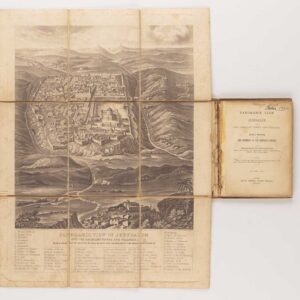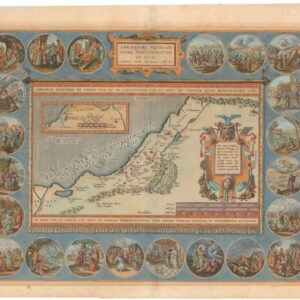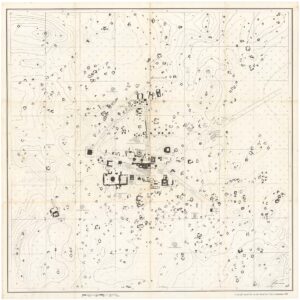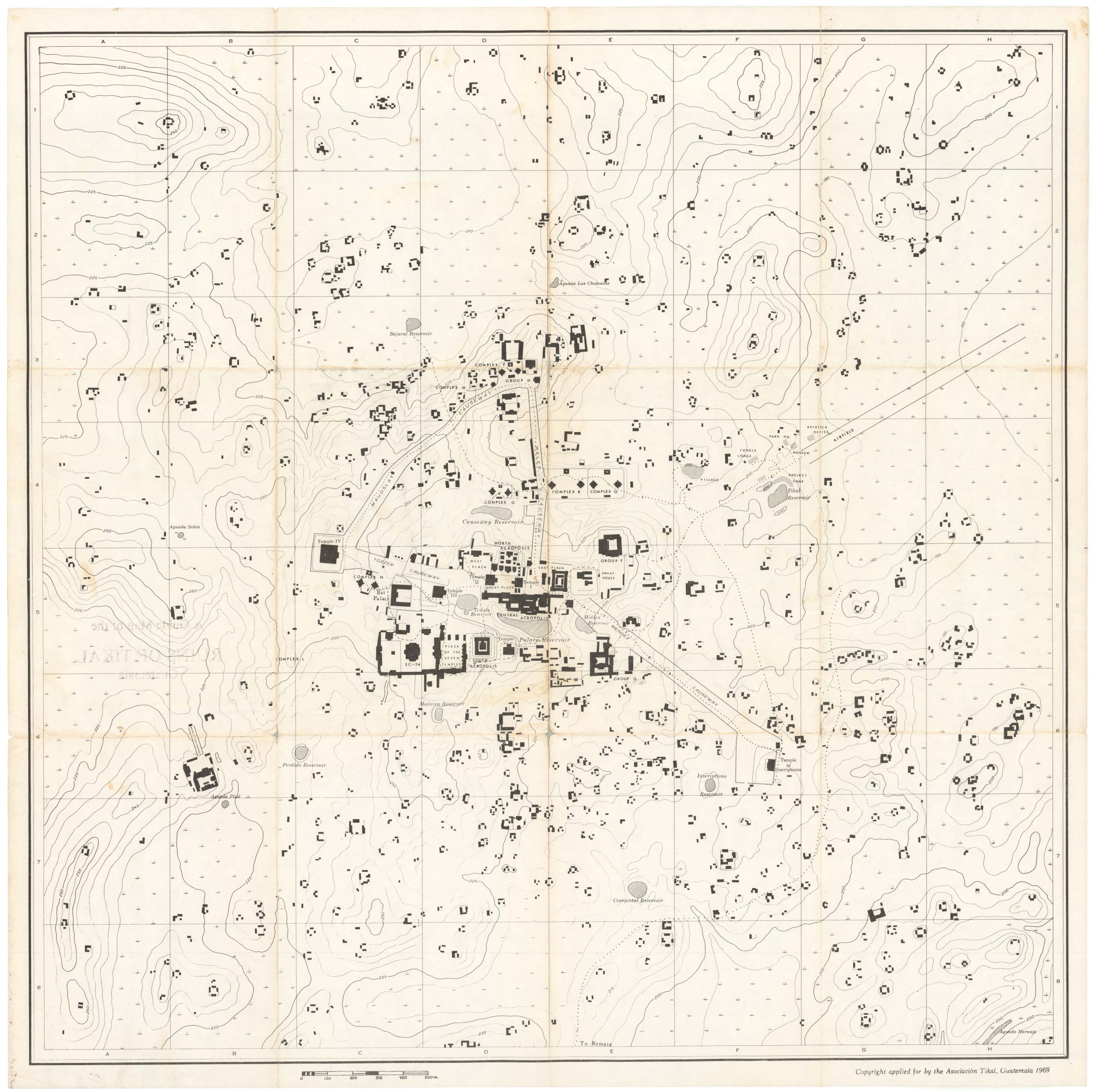The iconic Survey of Western Palestine overview map.
Map of Western Palestine [on Six Sheets], from Surveys Conducted for the Committee of the Palestine Exploration Fund.
Out of stock
Description
The Victorian Era saw the emergence of an early modern mindset. Part of this new way of thinking entailed a passionate re-envisioning of the distant past. It was hoped that in the rediscovery of civilizational roots, Christendom might begin to align the aging tenets of faith with the bold new advances of science. No place on Earth was more the target of such romantic desires than the Biblical land of Palestine. Ruled for centuries by the Ottomans, the Victorian craze for travel had made the Holy Land more accessible to Europeans than it had even been before, and it was within this elated context of exploration and adventure that our seminal map was created.
PEF and the Survey of Western Palestine
For almost a decade, from 1872 to 1881, the Palestine Exploration Fund (PEF) conducted their famously comprehensive Survey of Palestine. The majority of the work was carried out by the Royal Engineers, and the task was divided into distinct parts from the outset. The Western Palestine survey (1872-1877) was led by Captain Richard Warren Stewart, Lieutenant Claude Conder, and Lieutenant Herbert Kitchener and covered a total area of 6,040 square miles, whereas the smaller Eastern Palestine survey (1880) was led by Conder alone and covered 510 square miles of sparsely populated land in what today is Jordan (incl. Amman and Madaba). In unison, the extensive fieldwork constituted the first fully scientific mapping of the region.
The PEF survey went far beyond the scope of geography. Among their many efforts, the team collected thousands of place names with the aim of identifying locations associated with Biblical, Talmudic, early Christian, or Crusader history. For the Survey of Western Palestine, the main cartographic outcome was an enormous 26-sheet map executed at a scale of 1:63,360 (also known as the ‘one-inch map’). This was the most detailed and accurate map ever produced of the region and still represents a pinnacle of Victorian mapping. The current listing consists of the reduced 6-sheet version of this map. While this was intended as an easy overview of the entire survey region, with each sheet measuring 20 by 24.25 inches (51 x 62 cm), even this overview map is quite monumental when joined.
In addition to creating a detailed map of the region, the Palestine Exploration Fund published extensive fieldwork in three important volumes known as The Survey of Western Palestine (1881). These books carefully describe various aspects of the landscape, from hill ranges and streams to villages, towns, and archaeological sites, much of which had been cross-referenced to relevant historical sources. It was, in other words, a work of true scholarship, and to this day, archaeologists use the Survey as a standard reference work for understanding the diachronic development of the landscape and its toponymy.
Political connotations
Even though the foundation and management of the PEF were strongly influenced by the Christian faith of its members and the religious significance of Palestine, the involvement of British Army Royal Engineers in the survey was no coincidence. Britain had entertained strategic interests in the region for some time and had, at least since the Ordnance Survey of Jerusalem in 1864-65, used the Victorian affinity for travel and pilgrimage as a means of gaining access to Ottoman Palestine. When it came to the new survey, the War Office continued to play an important role both in shaping and executing the project. Colonel Charles Wilson, who had commanded the initial Ordnance Survey of Jerusalem and was intimately familiar with Britain’s strategic interest in the region, was quickly appointed liaison between the government and PEF’s Executive Committee.
The survey was a great success, and the publication that came from it was quickly sought after by governments, institutions, and individuals across the globe. The immense acclaim also helped stimulate more popular-driven interests in the region. Thus, the survey was one of many Victorian publications that contributed to the growth of Zionism.
When the PEF expanded its sphere of interest to cover all Biblical lands, including the Sinai Peninsula, this was at least partly driven by Britain’s strategic interest in the Suez Canal. Another important factor was the recent Russo-Turkish War (1877-78), which had made the paucity of accurate mapping in this region palpably clear.
All of these interests were intertwined with a heartfelt desire among PEF members to explore the past. They were not perceived as contradictory but as a corollary. The PEF Survey of Palestine remained the most influential and reliable map of the region until the British Mandate’s Survey of Palestine, which commenced half a century later.
Cartographer(s):
Horatio Herbert Kitchener, 1st Earl Kitchener, was an Irish-born British Field Marshal and proconsul who gained fame for his imperial campaigns and later played a central role in the early part of the First World War, although he died halfway through it. In 1874, at age 24, the Palestine Exploration Fund tasked Kitchener to carry out a topographical survey of the Holy Land, replacing Charles Tyrwhitt-Drake, who had died of malaria.
Together with fellow Royal Engineer Claude R. Conder, Kitchener surveyed the region between 1874 and 1877, collecting data on the topography and toponymy of the area, as well as on local flora and fauna.
Edward StanfordEdward Stanford (1827-1904) was a prominent British cartographer and entrepreneur who founded Stanford’s, a map-selling business that became one of the most significant map publishing companies in the 19th and 20th centuries. Established in 1853, his London-based shop was renowned for its extensive range of topographic and thematic maps.
Stanford’s attention to detail and dedication to producing accurate, up-to-date maps made his firm the official map supplier to the British government during several notable expeditions. In addition to supplying explorers, the general public, and various institutions with reliable maps, Stanford’s legacy also includes the notable “Stanford’s Library Map of London and its Suburbs,” which was acclaimed for its precision. The brand he founded remains respected in the cartographic world and has also expanded into travel books and accessories.
Condition Description
Very good with only minor blemishes.
References




